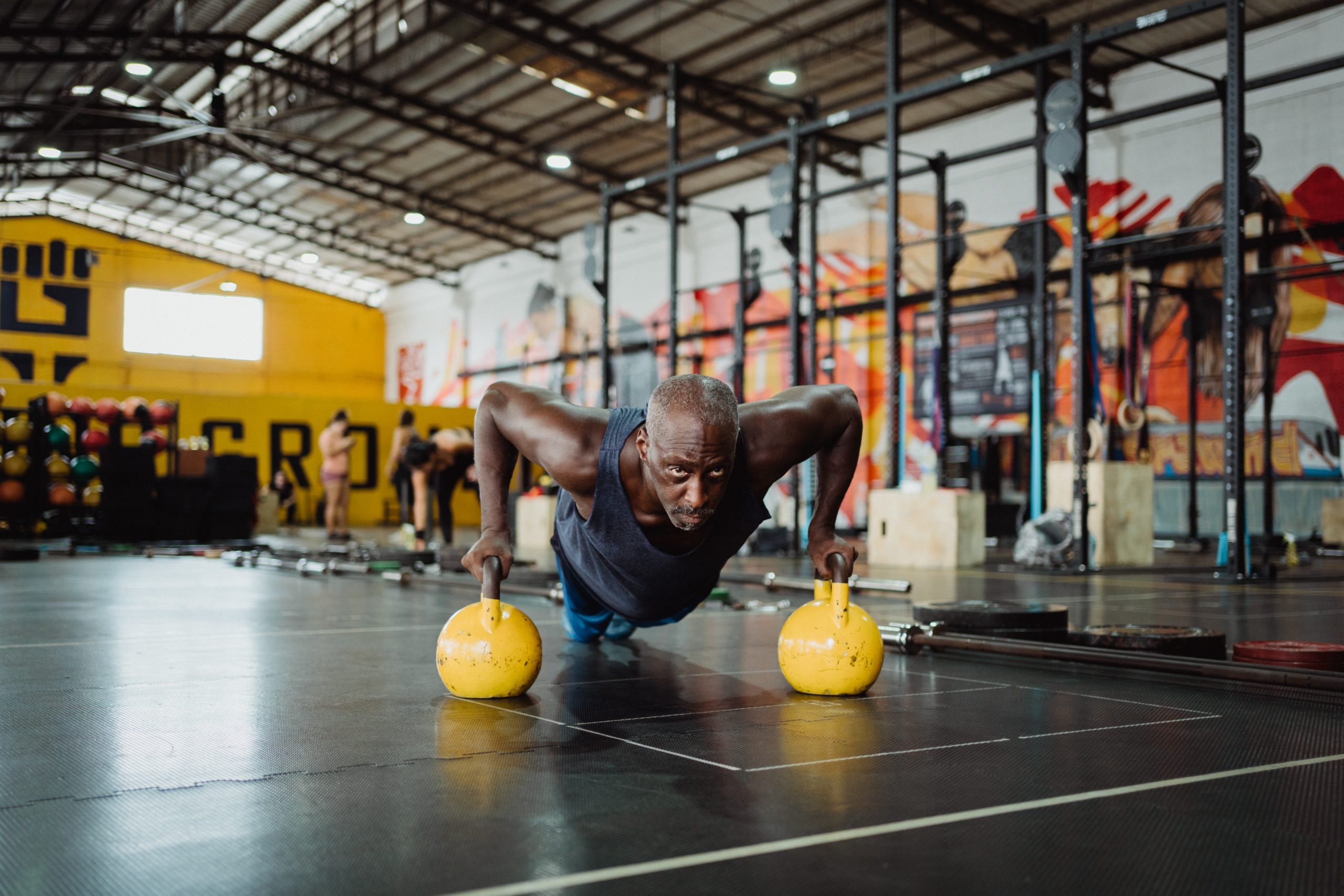
Energy and cancer are inherently linked, despite how obscure it may seem at first glance. The Globe and Mail mention that a study that reviewed the literature on the correlation between exercise and cancer found that more training could have a positive impact in preventing or treating the disease. Unfortunately, when the paper was published, the reviewers failed to address HOW exercise has this impact on the human body. Over time, we’ve started to get a better picture of the part that exercise plays in fighting off cancer. It has something to do with a new theory that focuses on something called “energetic capacity.”
Understanding Energetic Capacity
In the journal Trends in Cancer, Biro et al. note that fit people can produce and maintain a high volume of energy. In this sense, energetic capacity is the maximum amount of energy that a human body can create and maintain. Science Advances posits that each human body has limits of endurance, and these limits are linked to our ability to produce energy. Therefore, our body is limited in the amount of energy it can process, and anything that requires more of us will leave us tired, listless, and drained.
Metabolic Rate and Energy Capacity
At this point, it should be evident as to the link between energy capacity and metabolic rate. Biro et al. note in their paper that it’s impossible to study long-term energy consumptions in humans directly, and as a result, use proxy methods of measurement. The two metrics they defaulted to were VO2 max (also known as maximum metabolic rate) and resting metabolic rate. Although these lay on opposite ends of the spectrum, the researchers argue that they’re closely linked to each other. Someone who has a lot of endurance also has a larger capacity for lings and a bigger heart, and this they consume more energy while resting than the average human being.
Exercise Increases Energetic Capacity
It should now be apparent the link between exercise and energetic capacity. Regular exercise increases your endurance (as can be seen from increased VO2 max rates). It can be extrapolated from the research presented in the last section, that people who have larger VO2 max values have higher energy capacity and are more likely to tan easier, even if using Solarium Tanning. However, there’s a puzzling disconnect regarding resting metabolic rate – the other proxy used to determine energetic capacity. Some studies claim that the resting metabolic rate increases on those who exercise a lot, yet others state that it remains the same. The argument, therefore, lies in what you consider to be a better approximation for energetic capacity.
Optimal Results are Based On Your Fitness
Regardless of if you subscribe to the energetic capacity theory or not, the fact that exercise already impacts your survivability if infected with cancer is incontrovertible. However, the optimal volume of training for your health depends on your current state of fitness. Doing more isn’t always better and might, in fact, hurt your long-term fitness, especially if you injure yourself. Exercise, as with all other things, is best when taken in moderation.
Energetic Capacity and Cancer
Cancer is an insidious disease since it turns your own body against itself. Sometimes, it’s so ravaging it can force a sufferer into a home care agency against their will. Fighting cancer requires a lot of energy. The body needs to produce massive amounts of white blood cells to deal with cancerous tissue, as well as needs to have the energy for the cancer cells themselves to consume. If your energy capacity is high enough, you will likely be better equipped to fight cancer off. If the theory proves true, then more exercise can equate to a better chance of survival if you contract the dreaded disease.